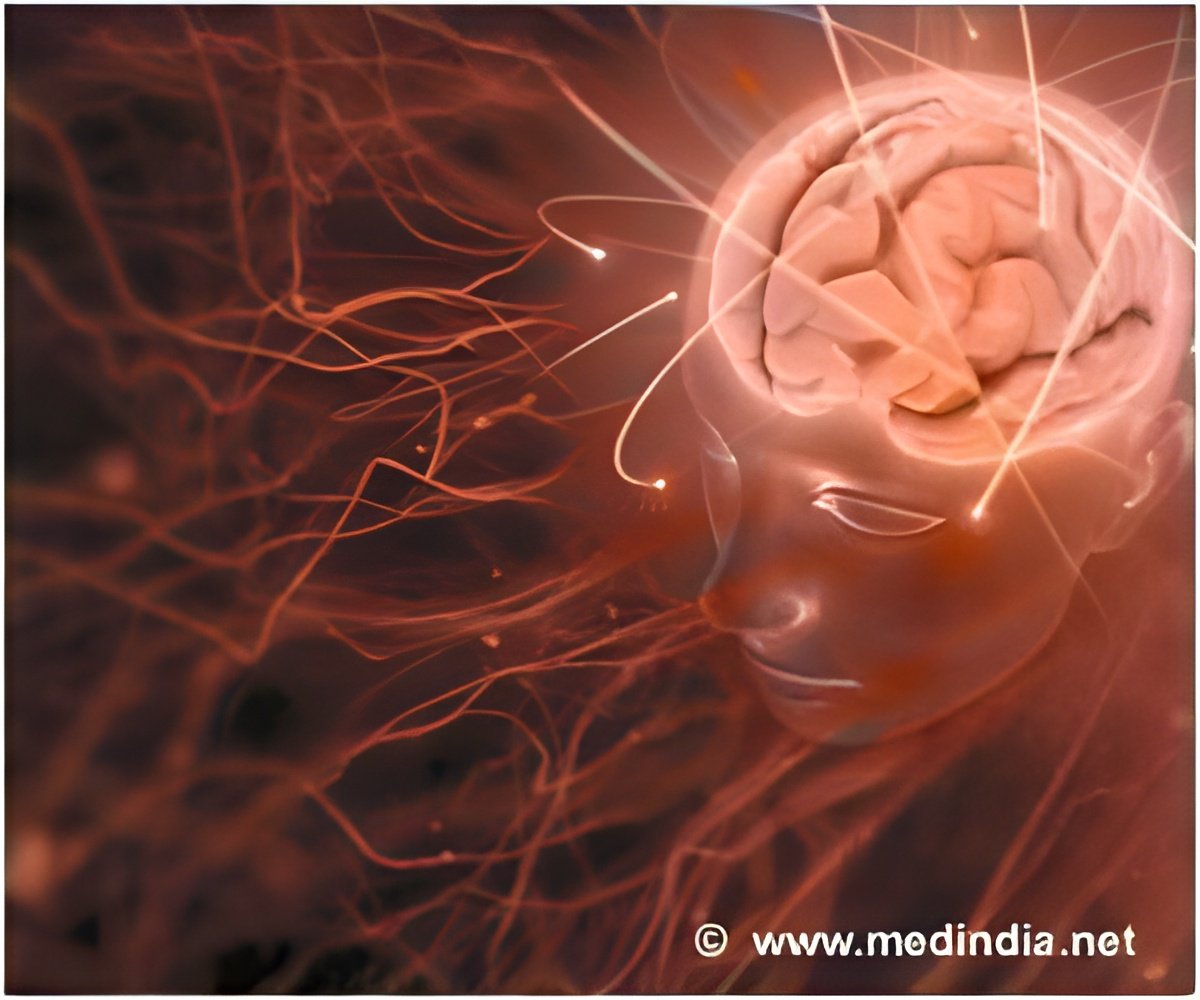
A PEG-HCC infusion that quickly stabilizes blood flow in the brain would be a significant advance for emergency care workers and battlefield medics, said Rice chemist and co-author James Tour.
"This might be a first line of defense against reactive oxygen species (ROS) that are always overstimulated during a medical trauma, whether that be to an accident victim or an injured soldier," said Tour, Rice's T.T. and W.F. Chao Chair in Chemistry as well as a professor of mechanical engineering and materials science and of computer science.
"They're certainly exacerbated when there's trauma with massive blood loss," he noted.
In a traumatic brain injury, cells release an excessive amount of an ROS known as superoxide (SO) into the blood. Superoxides are toxic free radicals, molecules with one unpaired electron, that the immune system normally uses to kill invading microorganisms. Healthy organisms balance SO with superoxide dismutase (SOD), an enzyme that neutralizes it. But even mild brain trauma can release superoxides at levels that overwhelm the brain's natural defenses.
SO affects the autoregulatory mechanism that manages the sensitive circulation system in the brain. Normally, vessels dilate when blood pressure is low and constrict when high to maintain an equilibrium, but a lack of regulation can lead to brain damage beyond what may have been caused by the initial trauma.
Advertisement
"One is the initial injury, and that's pretty much done in minutes. But a number of things that happen later often make things worse, and that's when we can intervene," he explained.
Advertisement
In tests, the researchers found PEG-HCC nanoparticles immediately and completely quenched superoxide activity and allowed the autoregulatory system to quickly regain its balance.
Tour said ROS molecules readily combine with PEG-HCCs, generating "an innocuous carbon double bond, so it's really radical annihilation. There's no such mechanism in biology."
While an SOD enzyme can alter only one superoxide molecule at a time, a single PEG-HCC about the size of a large protein at 2-3 nanometers wide and 30-40 nanometers long can quench hundreds or thousands.
Kent added the nanoparticles as tested showed no signs of toxicity, but any remaining concerns should be answered by further tests.
The research has implications for stroke victims and organ transplant patients as well, Tour said.
The results were reported this month in the American Chemical Society journal ACS Nano.
Source-ANI














